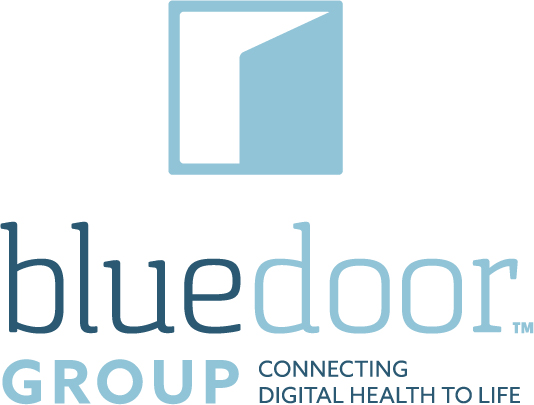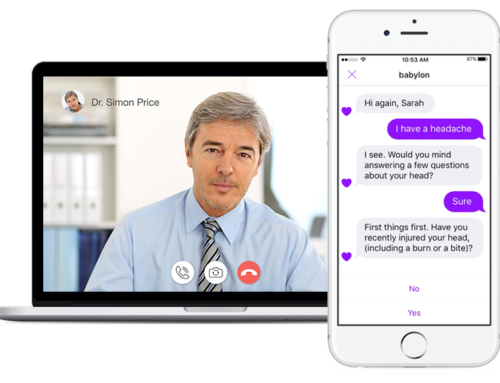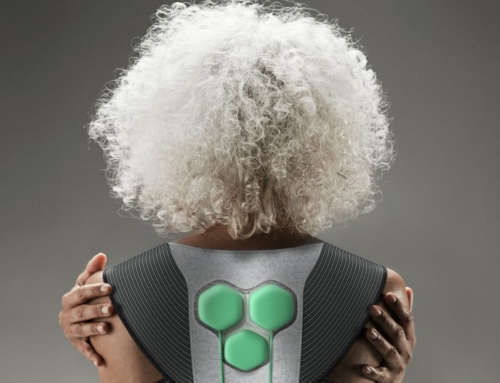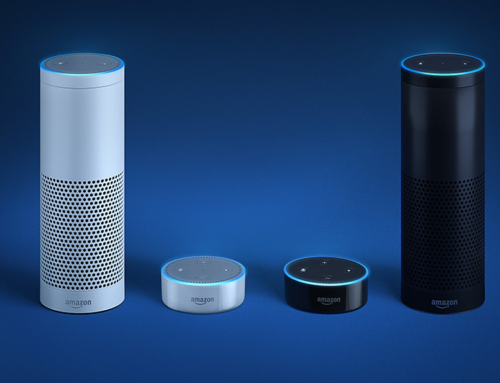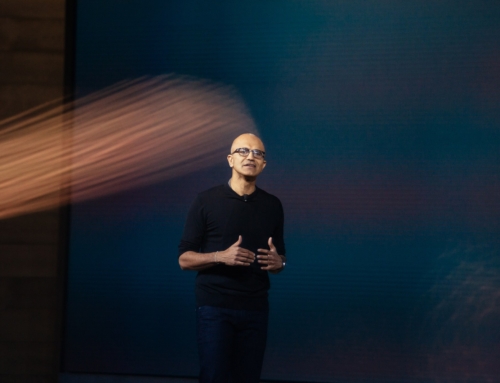By Alistair R. Erskine, MD, Bipin Karunakaran, Jonathan R. Slotkin, MD, and David T. Feinberg, MD | December 15, 2016
Major industries from retail to aeronautics are leveraging big data. But despite the abundance of data in healthcare, and the clear promise of big-data analytics, the sector has been slow to put it to work. Among the obstacles to adoption are laws aimed at protecting patient information, and a shortage of technical talent; hospitals and clinics compete for big data engineers whose technical skills can be agnostically applied across industries. Nonetheless, in 2015 Geisinger Health System implemented an IT system called a Unified Data Architecture (UDA) which allowed us to integrate big data into our existing data analytics and management systems. We use the UDA’s big data capabilities to track and analyze patient outcomes, to correlate their genomic sequences with clinical care, and to visualize healthcare data across cohorts of patients and networks of providers. Geisinger’s UDA is the largest practical application of point-of-care big data in healthcare, with thousands of CPUs processing and delivering hundreds of terabytes of data every hour.
In 1996 Geisinger was one of the earliest adopters of a full-featured Electronic Health Record (EHR). Since then, clinicians have been dutifully entering patient information and using the EHR to support care. But pulling meaningful data aggregated from many sources back out of EHRs has historically been vexingly complex. The potential insight from these data are limited in practice by the shortcomings of traditional data repositories. Legacy analytic systems fail to accommodate new types of data, such as unstructured, free-text patient notes that do not fit neatly into traditional rows-and-columns databases. In spite of an industry trend to replace best-of-breed clinical systems with monolithic EHR systems, most hospitals still have a patchwork of interconnected auxiliary systems which end up trapping data in silos.
Looking at patients solely through the lens of an EHR yields an incomplete picture; patients visit clinics outside of the health system’s reach, and in fact spend the vast majority of their time outside of healthcare systems altogether. They leave digital breadcrumbs everywhere they interact, from the grocery store and its loyalty program, to the smartphone and its apps. With patients’ permission, we can access and integrate some of that data. Our UDA provides a common data space for rapid integration of data from selected internal and external sources. The power to process troves of data from various sources, combined with the ability to integrate and store large volumes of data, makes the UDA uniquely positioned to fill the gap left by traditional healthcare data systems. The integration of data from Health Information Exchanges, clinical departmental systems (such as radiology and cardiology), patient satisfaction surveys, and health and wellness apps provides us with a detailed, longitudinal view of the patient.
While the Geisinger team is still moving data sources to the UDA, we have already experienced several early successes.
“Close the Loop” program. Patients are usually admitted to hospitals for the treatment of a primary diagnosis, but frequently have additional health issues. For example, a trauma patient admitted through the emergency department after a car accident typically undergoes body imaging to look for internal injuries. The medical team must prioritize acute, life-threatening illness, sometimes at the expense of addressing incidental but important findings reported on imaging studies. What the medical team might leave behind, the UDA can pick up.
At Geisinger, all clinical notes and diagnostic imaging reports are ingested into the UDA. We are able to scan 200 million reports in less than one second; we perform real-time natural language processing on this rich data (data that is much broader than that confined to the rows and columns of legacy data systems). When we perform analytics on free-text imaging reports, we detect many patients with dangerously large abdominal aortic aneurysms who had no follow-up scheduled for this incidental finding. We seek out the patients at highest risk and offer surgery when appropriate. This program has already saved lives.
Early detection and treatment of sepsis. In patients with sepsis, or blood infection, early detection and treatment can mean the difference between life and death. We saw two major opportunities to use the UDA to reduce and manage sepsis. First, in identifying the time frame in which important indicators of sepsis, such as vital sign and laboratory result changes appeared; and second in the ability to easily see all sepsis-patient information in one place, including patients’ lab results, medications, vital signs, and movement through different operational areas of the hospital.
The UDA brings these various data from disparate information streams together. The system is designed to act on perishable, real-time physiologic data such as blood-pressure measurements in patients with life-threatening septic shock, and stores intermediate blood culture results as they occur, as well as data on when antibiotics are prescribed and administered. Providers who use this tool are more than twice as likely to consistently adhere to correct medical treatment protocols (improving from 40% to 90%). By tracking, aggregating, and synthesizing all sepsis-patient data, we expect we will be able to both reduce the incidence of hospital-acquired sepsis and improve its management.
Surgery costs and outcomes. There are wide variances in surgical costs and outcomes across hospital systems. This, coupled with a paucity of timely cost and outcomes data, have made it difficult for health care systems to identify best practices and to develop optimal reengineering initiatives. Our UDA’s big data platform now tracks and integrates surgical supply-chain data along with clinical data by surgery type and provider. Supplies ranging from the smallest of surgical sponges to thousand dollar medications or devices are tracked. The data model also tracks waste in our operating rooms. This combination of cost and outcome data is aggregated by provider and surgery type. This gives surgeons and administrators an important new view of how they perform comparatively from both a cost and outcome perspective. It has also directly informed new lean supply chain initiatives, and given us powerful insights about our supply use patterns that have allowed us to negotiate favorable deals with vendors.
As we see a patient being wheeled into the emergency room, we think about all of the information our clinicians now have which allows them provide even better care to our patients. We wonder how else the UDA can help.
Alistair R. Erskine, MD, is a pediatrician, internist, and chief informatics officer of Geisinger Health System.
Bipin Karunakaran is vice president of data management at Geisinger Health System.
Jonathan R. Slotkin, MD, is director of spinal surgery in the neurosciences institute and medical director of Geisinger in Motion at Geisinger Health System. Geisinger in Motion creates digital patient engagement and mobile device solutions for Geisinger.
David T. Feinberg, MD, is president and chief executive officer of Geisinger Health System.
